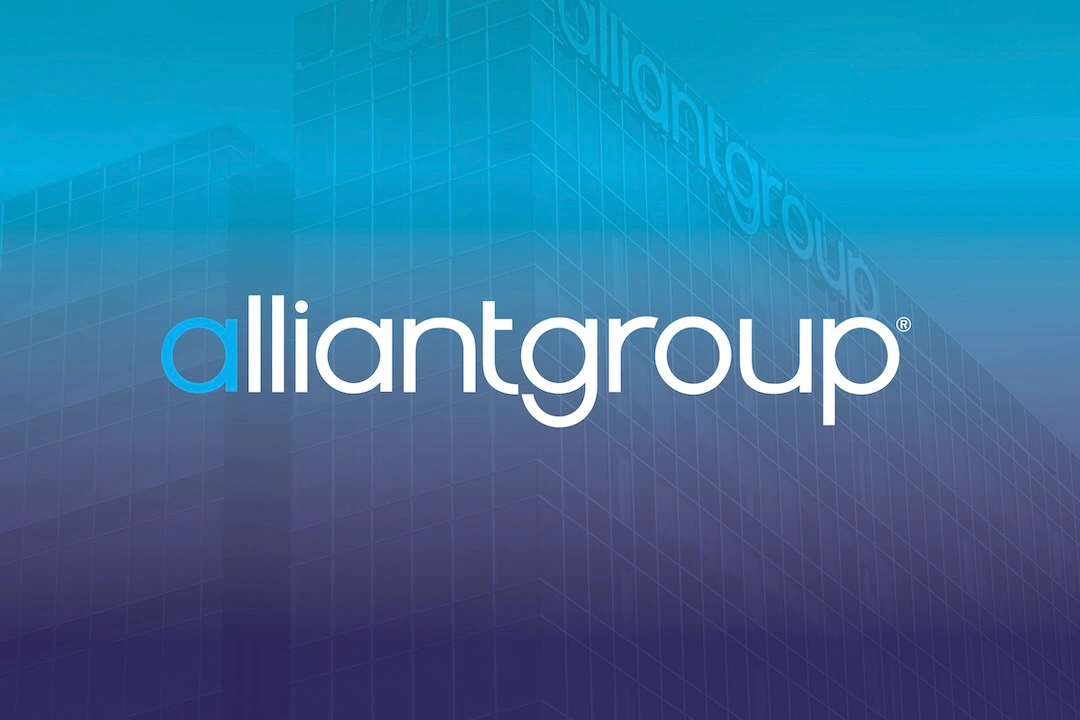Many SMBs have already claimed millions of dollars in tax credits through the Cares Act Employee Retention Credit. For those who have not claimed or incorrectly claimed it, there is still time to apply for the credits in 2023. These employers can do so retroactively by filing amended payroll taxes for 2020 and 2021.
Claim ERC Retroactively
Although the ERC tax credit program has sunset officially, businesses have until 2024, and in some instances, 2025, to look back on their payroll during the pandemic and retroactively claim the credit by filing an amended tax return or Form 941-X.
This means businesses have until April 15th, 2025, to file amended tax returns for all the quarters of 2021 and until April 15th, 2024, to file amended Q2, Q3, and Q4 returns for 2020.
Eligible Businesses
After its expansion, most employers, including colleges, universities, hospitals, and other nonprofit organizations, now qualify for this refundable tax credit. Even the businesses that took a loan under the Paycheck Protection Program (PPP) and were originally ineligible to claim the tax credit are now within the ERC purview.
ERC qualification is determined by one of these factors for eligible employers — and one of these factors must apply in the calendar quarter the employer wishes to utilize the credit:
- A 20% year-over-year reduction in revenues
- More than nominal impacts due to a Covid-related federal, state, or local government regulatory order
- Supply chain disruptions
It is important to note that employers may file Form 941-X up to five years after the original payroll taxes were due, typically on April 15th. Congress extended the statute of limitations for the ERC tax credit from three to five years to enforce this program aggressively. SMBs must be vigilant while evaluating their ERC eligibility to avoid penalties for failing to make timely tax deposits.
Not all Businesses Qualify!
Despite its broad qualifications, extensive filing guidance, and guaranteed $26,000 per employee by pop-up providers, not all businesses qualify for this robust credit. Many of these fly-by-night shops often don’t provide business owners with the full story about ERC; as a result, there is a lot of misinformation surrounding the credit even after it has sunset. For instance, SMBs that made operational changes are eligible for $26k refunds per employee only if they can show which COVID-related government mandate impacted them and the extent and duration of the impact.
Unfortunately, many businesses get carried away by the prospect of earning six to seven figures in refunds. They overlook asking these ERC specialists the right questions, like how they will prove your eligibility or that your business faced “more than nominal impact,” and, most importantly, how they will document your ERC claim.
The ERC tax credit is complex. Therefore, it’s crucial to understand the law, how the IRS operates, and what they look for when reviewing claims. ERC firms that simply tell clients to claim the maximum amount backed by little to no documentation can be dangerous for the business. Last October, the IRS issued a release cautioning business owners about working with third parties that make too-good-to-be-true promises about tax savings.
Why is alliantgroup different?
For more than two decades, alliantgroup has been helping businesses claim complex tax incentives. Our documentation process is comprehensive and undergoes a thorough tax and legal review. With insights from IRS Commissioners, IRS Division Commissioners, and policymakers on our staff, we honestly tell you if your claim fails to fulfill the IRS guidelines and regulations. In fact, we have rejected a quarter of all the studies we have conducted so far.
Conclusion
There is still time to claim the ERC tax credit, but businesses must act fast to beat the deadline. This incentive is complicated, so don’t wait to apply or fall for providers that promise massive refunds. It’s best to be alert and do your due diligence when seeking out an ERC partner to make the most of this credit in 2023.


